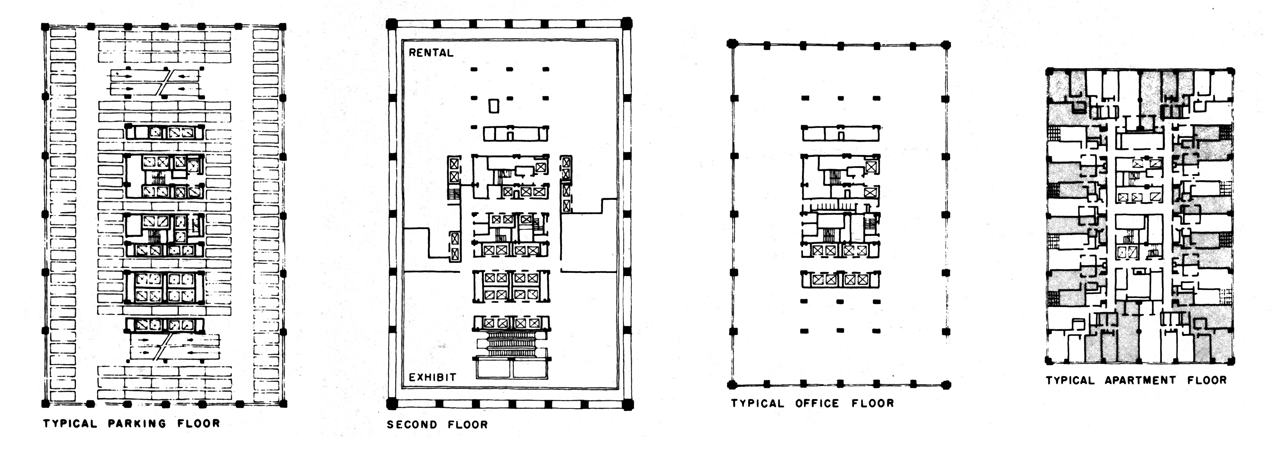
To evaluate the performance of vertical irregularities of outrigger structure, a linear static analysis has been conducted by using ETABS2013.5. The location of outrigger and belt truss for reducing lateral displacement and building drift.

The design of wind load was calculated based on IS 875 (Part 3) and the earthquake load obtained using IS 1893 (Part-1): 2002. The present work is to study the use of outrigger and belt truss placed at different location subjected to wind and earthquake load. The three dimensional models of outrigger and belt truss system are subjected to wind and earthquake load, analyzed and compared to find the lateral displacement reduction related to the outrigger and belt truss system location. From the analysis results it has been found that the comparative performance of outrigger with depth of full storey height and decreased depth shows minor difference in resistance towards lateral loads.Īnalysis of the structure is carried out to study the behavior of outrigger and its efficiency for its optimum position at the first and second location.

The key parameters discussed in this paper include lateral deflection and storey drift. The depth of the belt-truss is equal to the height of the typical story and maintained same in all the structures. The depth of the outrigger is reduced to 2/3 rd and 1/3 rd of the story height along with the full story height.

Steel structure with central core and steel structure with outrigger structural system of varied depth of outrigger are compared. In the present study an attempt has been made to study the static and dynamic behavior of the outrigger structural system on steel structure by reducing the depth of outrigger.5X5 bay 40 story 3D steel structures is modeled in ETABS v2013 software. The outrigger system is one of the most efficient system used for high rise structures to resist lateral forces.


 0 kommentar(er)
0 kommentar(er)
